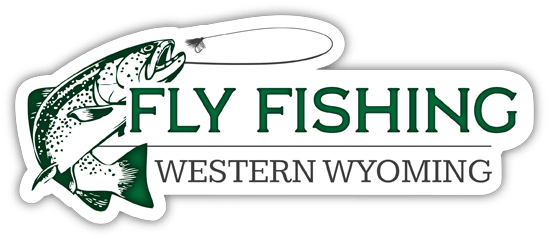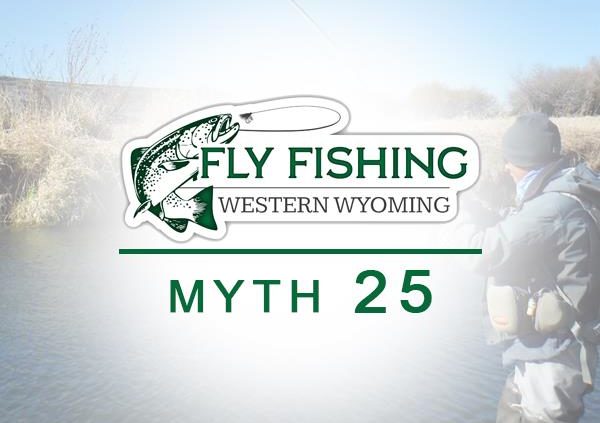Drag-free Drift
Drag-free Drift
The role of drag on flies, lines, and leaders is a common concern of most moving water anglers. By drag, we mean to describe when our fly travels at a different rate than the water in which it is found.
We often need a drag free drift but this gets tough when we are concerned about not having any slack in our line. I have clients who worry about the slack our system creates between the rod tip and the fly. The fact is that a straight line without slack from the rod tip to the fly almost guarantees our fly will drag! When I fish, I often have as much as 10 – 15 ft. of slack between my rod tip and my fly. Simply by rotating the rod upward, that slack can be removed in a fraction of a second.
There are times when we want a drag free drift – but there are many times that we introduce twitches, drag, skate, and jigging motions to serve as a catalyst for the strike. Hoppers, crickets, crane flies, damsel, dragon flies, and even mice and frogs often find themselves in the water. Imparting tiny twitches with the rod tip will often be the difference between a strike and a simple look-see. May flies, caddis, and midges move erratically when hatching or ovipositing. I’ve had some great days twitching the fly. Leaches, many nymphs, baitfish, crawfish, sculpins, scuds, dragon, and damsels, move both vertically and/or horizontally during hatching or just searching for food or shelter. Jigging, twitching, swinging, or lifting can again create a strike.
Soft hackle and old-fashioned wet flies are designed to imitate an insect with legs and/or wings. They are designed to be moved against the natural forces of the current. So we have lots of situations where movement at odds with the current is required. This is another reason to fish from an upstream position. As a rule, it is much easier to create these movements from upstream. The more I fish, the more I spend my time fishing from an upstream position. This last week I have had clients fishing a soft hackle scud imitation with very good results. The ones we buy in the shops are generally lifeless and, on the Hams Fork at least, will not catch fish. We have also caught some fish on mice patterns by swimming them across the current.
Next month we will discuss leader design and the myth that you always need a long leader to catch fish.
Make sure you check out our FaceBook page Fly Fishing Western Wyoming for almost daily Western Wyoming fishing news, and our website: FlyFishingWesternWyoming.com. Also, here is a link to a great article regarding releasing and handling fish. Please take the time to read it!! http://www.bishfish.co.nz/articles/fresh/grip-and-kill.htm We are beginning to book up for next summer, so if you are planning on visiting us next year, let us know! Enjoy what is left of summer and enjoy your early fall days with cooling temperatures and changing leaves. Here in Wyoming, this is a really special time of year!
Wyoming Fishing Report
Hams Fork: We still have lots of water and fish. Terrestrials and size 22-24 mayflies have been the normal offerings. We should begin to see more tricos and slightly bigger mayflies in the next few weeks. Streamers and terrestrials will always catch fish but you need to move along the river, as only a few fish per section will eat them. If you are going to be in one place, you need to “match the hatch” (read tiny mayflies) to catch more than a fish or two.
Smiths Fork: I fished it a few time in the last 2 weeks and it is about as good as it gets. Lots of Bonneville Cuts and a few Browns on small streamers and hopper-type patterns.
Green Below Fontanelle: Really good flows and good action on sow bugs, hoppers, early AM tricos, and crawfish patterns. Of course, streamers are always good. The kokanee is starting to run up from Flaming Gorge – a sure sign that summer is almost finished!




Leave a Reply
Want to join the discussion?Feel free to contribute!